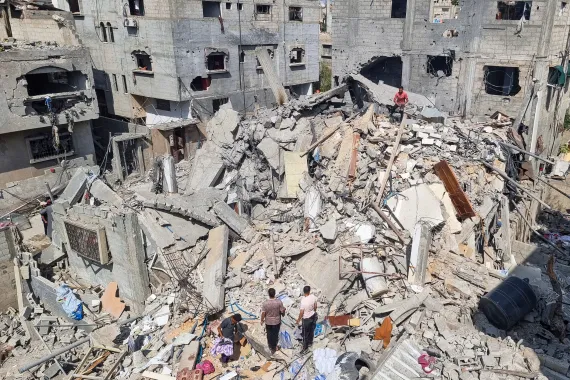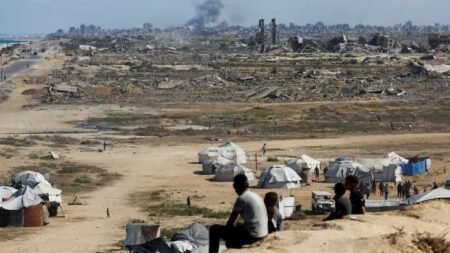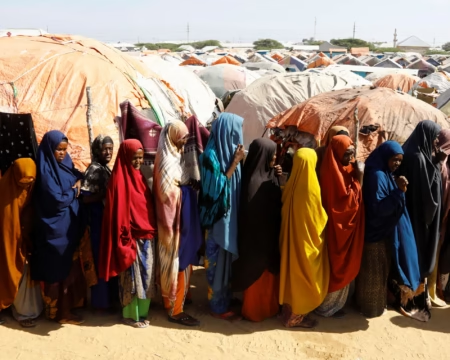In just three days, the Gaza Strip has witnessed a surge in violence, shaking the Israeli army with multiple deadly strikes. These attacks have killed at least 15 Israeli soldiers. This recent escalation marks one of the deadliest short-term losses for Israeli forces since March.
The wave of retaliation began in the northern part of Gaza, specifically in the Tuffah area. On a Friday morning, an Israeli armored vehicle was on patrol. Suddenly, a powerful rocket struck the vehicle with precision, destroying it instantly. Seven soldiers died on the spot, while others lay seriously injured around the wreckage.
This operation was carried out by Al-Qassam Brigades, the armed wing of Hamas. It was a well-planned assault that showcased their strategic skills and advanced coordination.
Just a day earlier, another attack occurred in central Gaza. There, an Israeli soldier was shot and killed. In the same incident, two Merkava tanks, an armored vehicle, and a bulldozer were completely destroyed. Military experts say these strikes were not only unexpected but highly effective.
Observers now question whether there was a lack of readiness on the part of Israeli troops or whether Hamas had access to highly accurate intelligence. Either way, the success of the attacks raises doubts about the strength and awareness of Israel’s current military position.
Going back another day, another major event took place in Khan Younis, in southern Gaza. Disguised Hamas fighters launched a sudden attack on Israeli soldiers. Seven more soldiers were killed, including one lieutenant. Reports say the Israeli troops were caught off guard and had no time to react before the fighters stormed in.
Western media did not miss these developments. Several outlets reported that this was the deadliest period for Israeli forces in such a short span since earlier this year. The losses have not only shaken morale but also put Israel’s military tactics under fresh scrutiny.
The roots of the current war go back to October 7, 2023. On that day, Hamas launched a surprise attack on southern Israel, killing nearly 1,200 people and taking 251 hostages. That led to Israel launching a massive military response in Gaza. Since then, the region has been gripped by continuous violence.
So far, over 56,000 Palestinians have been killed in the war. Another 150,000 have been injured. Most victims are women and children. Though Israel declared a temporary ceasefire under international pressure in January, it did not last long. Bombing resumed again on March 18.
Today, the situation has grown more severe. Israel has blocked the entry of food and medicine into Gaza. This has led to a major humanitarian crisis. Many children go without a single meal a day. Hospitals lack basic medical supplies. People are dying not just from bombs, but also from hunger and thirst.
Israel claims it is still trying to rescue about 35 hostages alive. But as the war goes on, those hostages are in greater danger. The United Nations and many human rights organizations have repeatedly called for a stop to the fighting. Still, peace remains out of reach.
Gaza has turned into an open graveyard. Meanwhile, Israel itself faces growing internal and external questions. As the conflict deepens, both sides are moving toward greater destruction. The future of two nations is burning in the fire of war. On one side, there is death. On the other, revenge. No one knows how or when this will end. But it is certain that this chapter will go down in history as one of the bloodiest.







